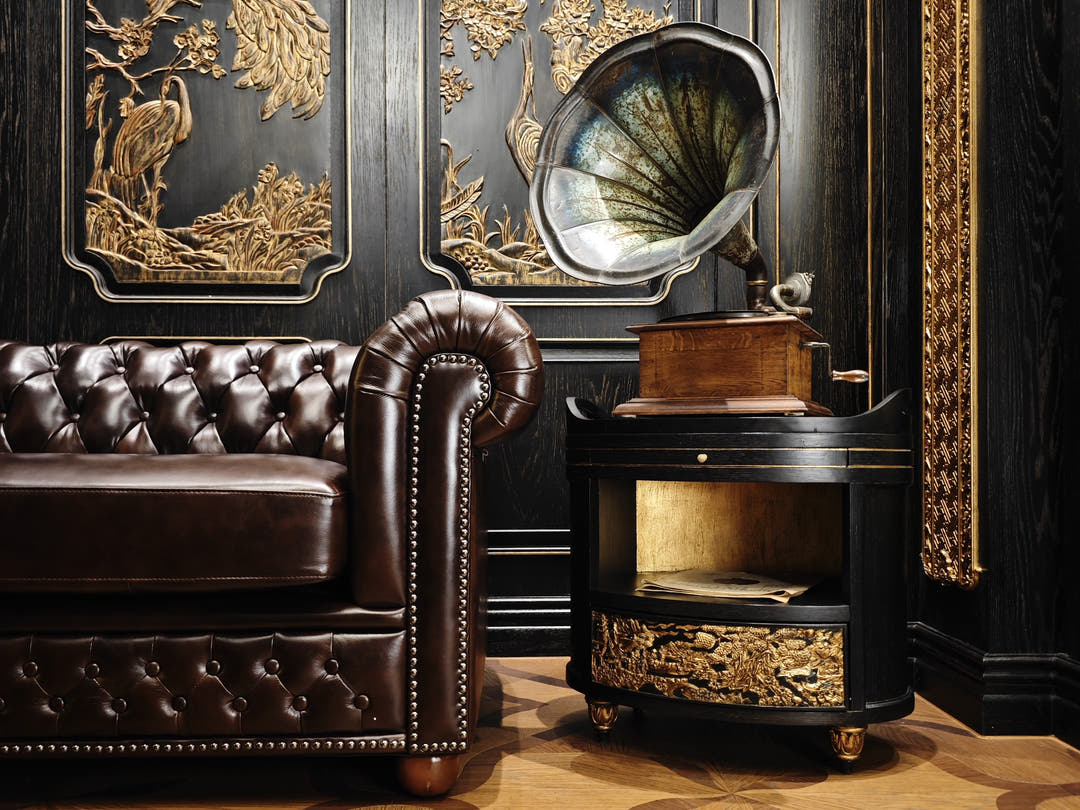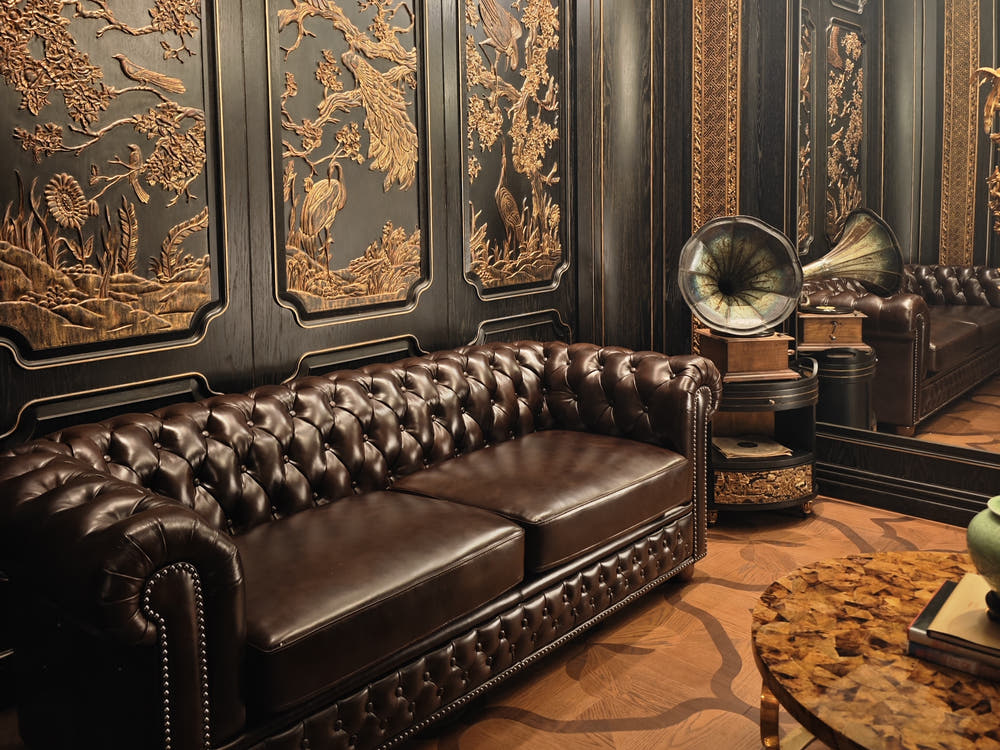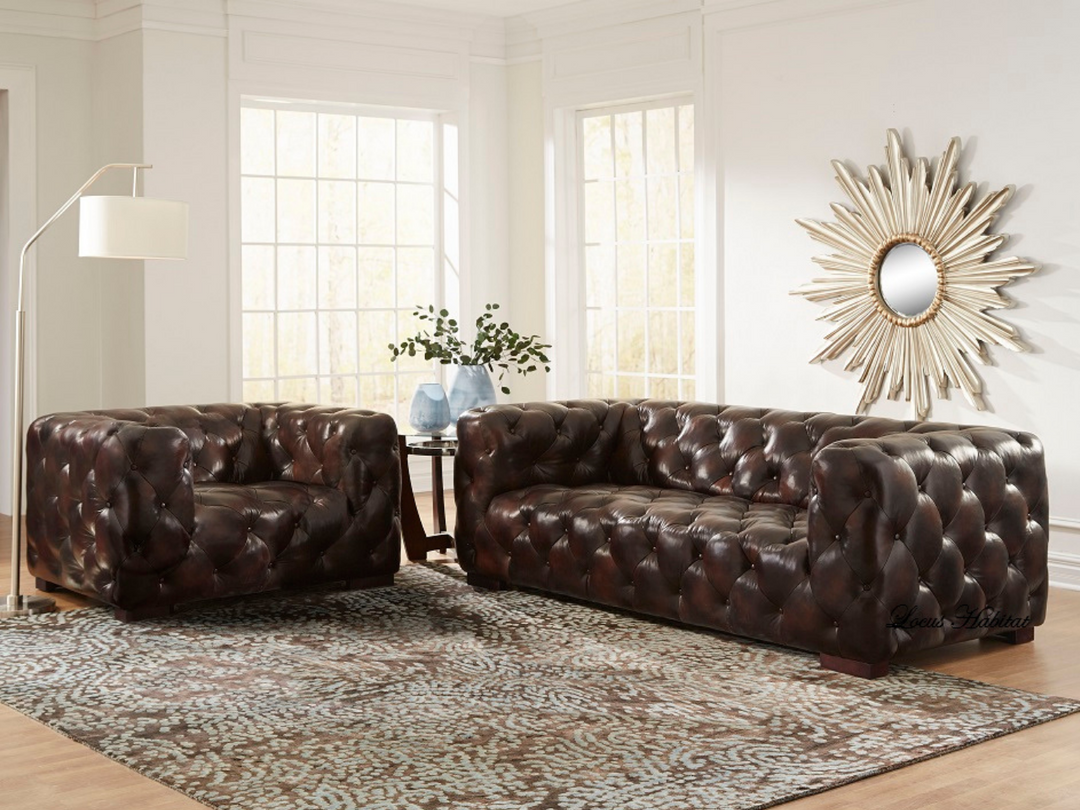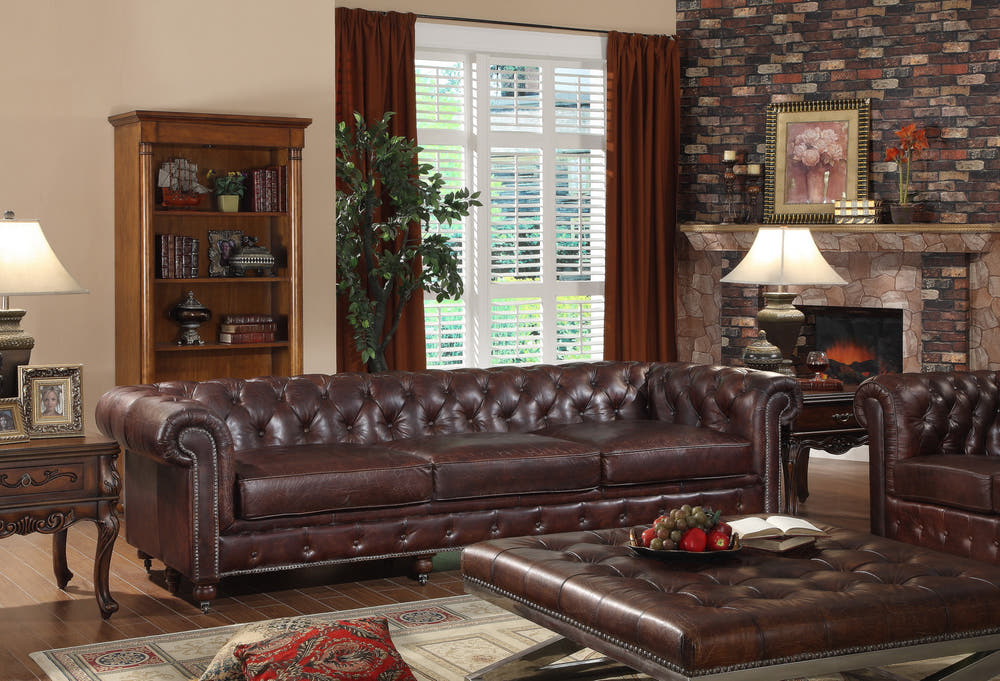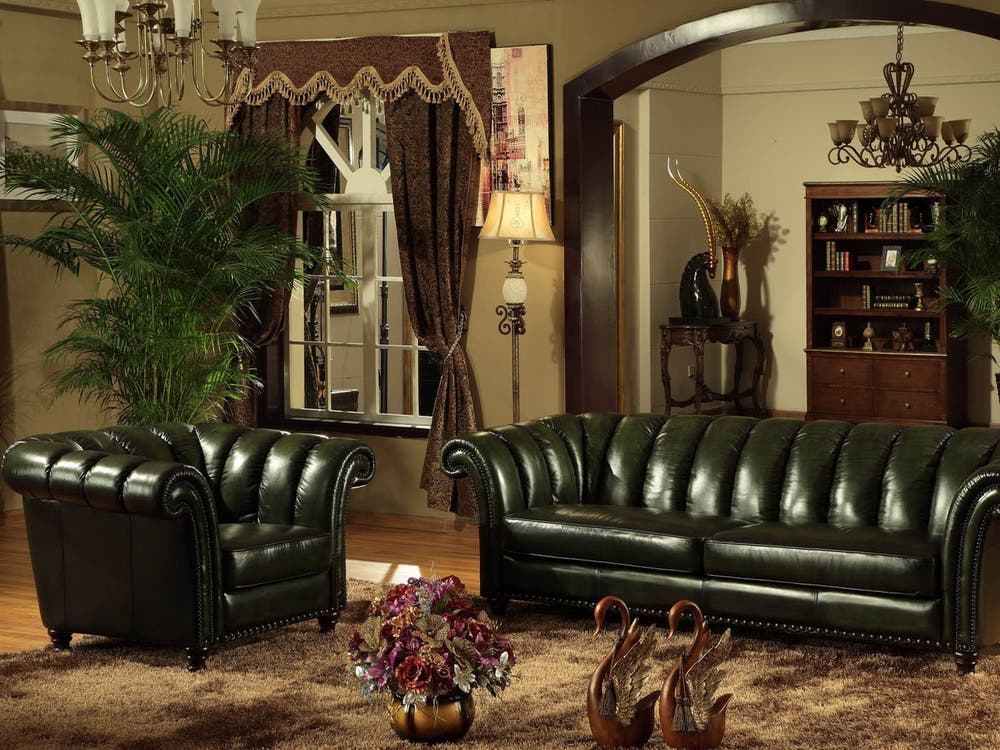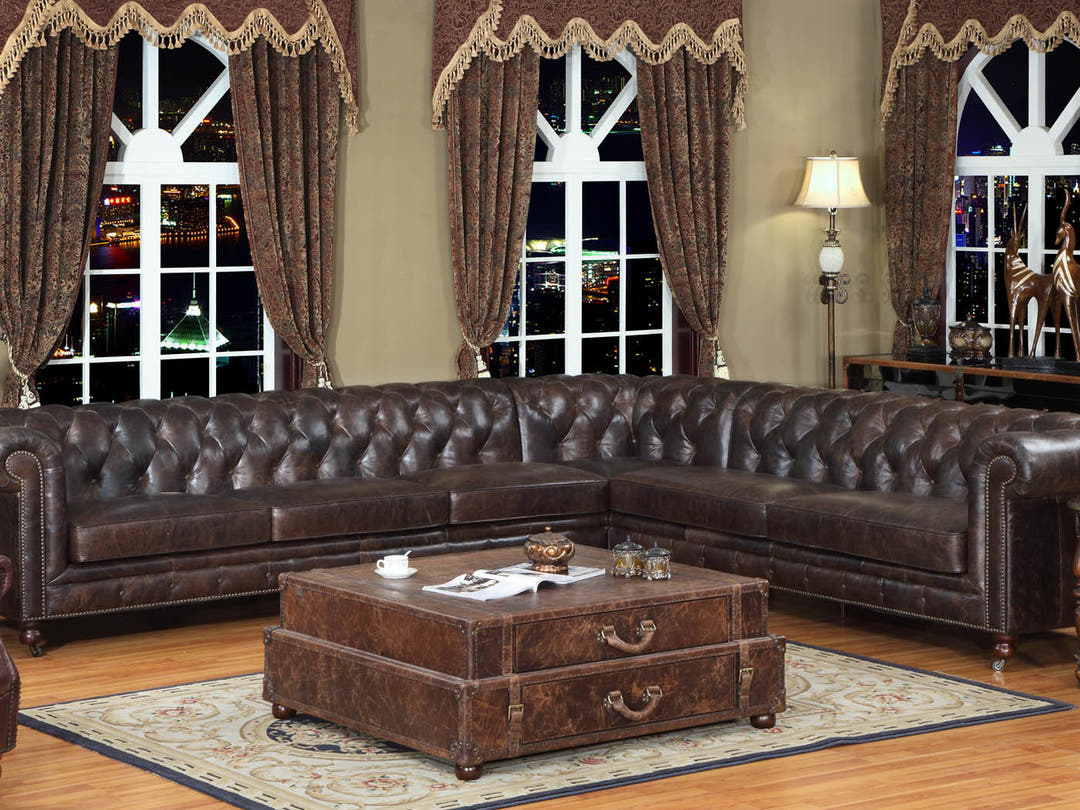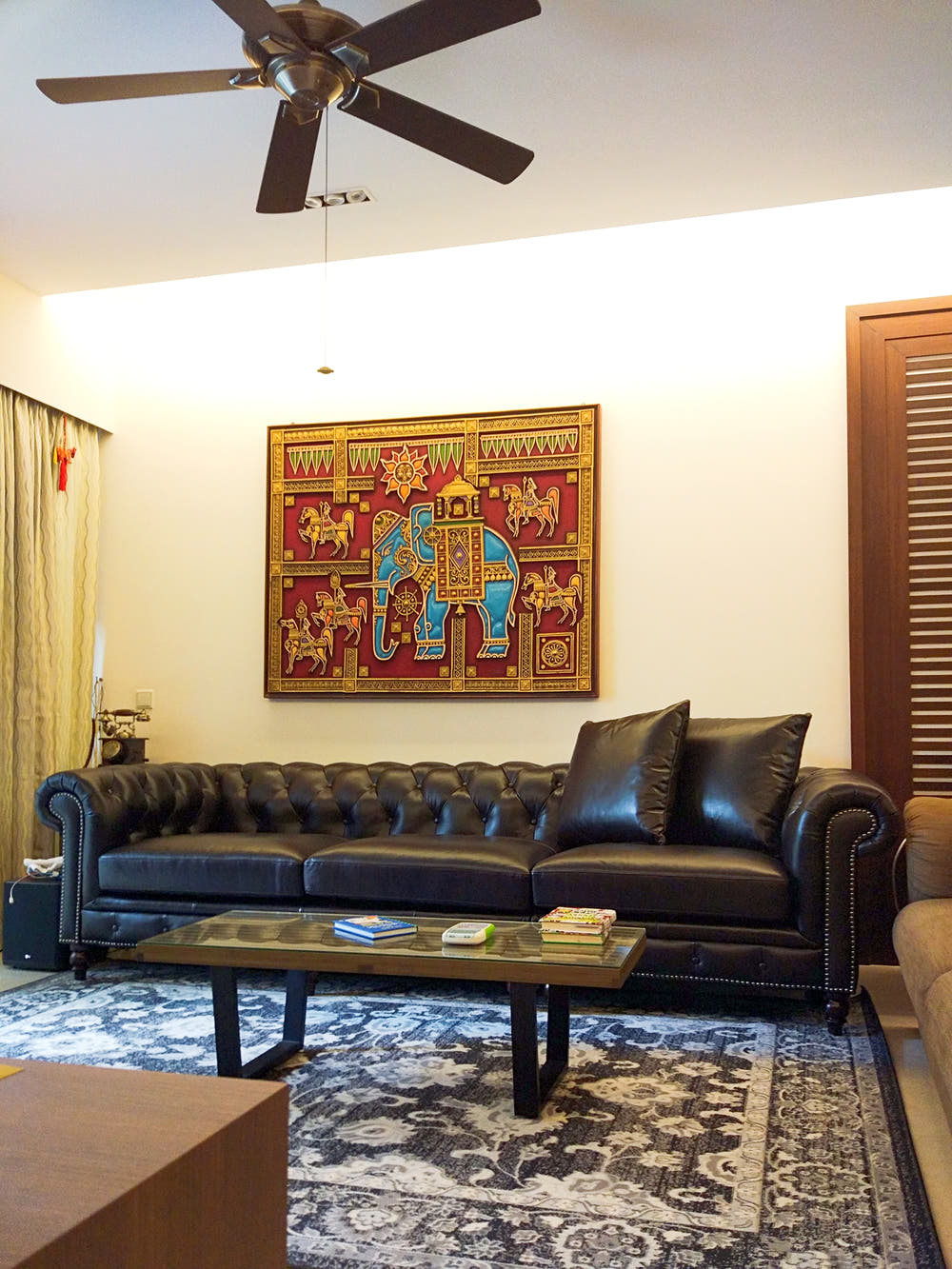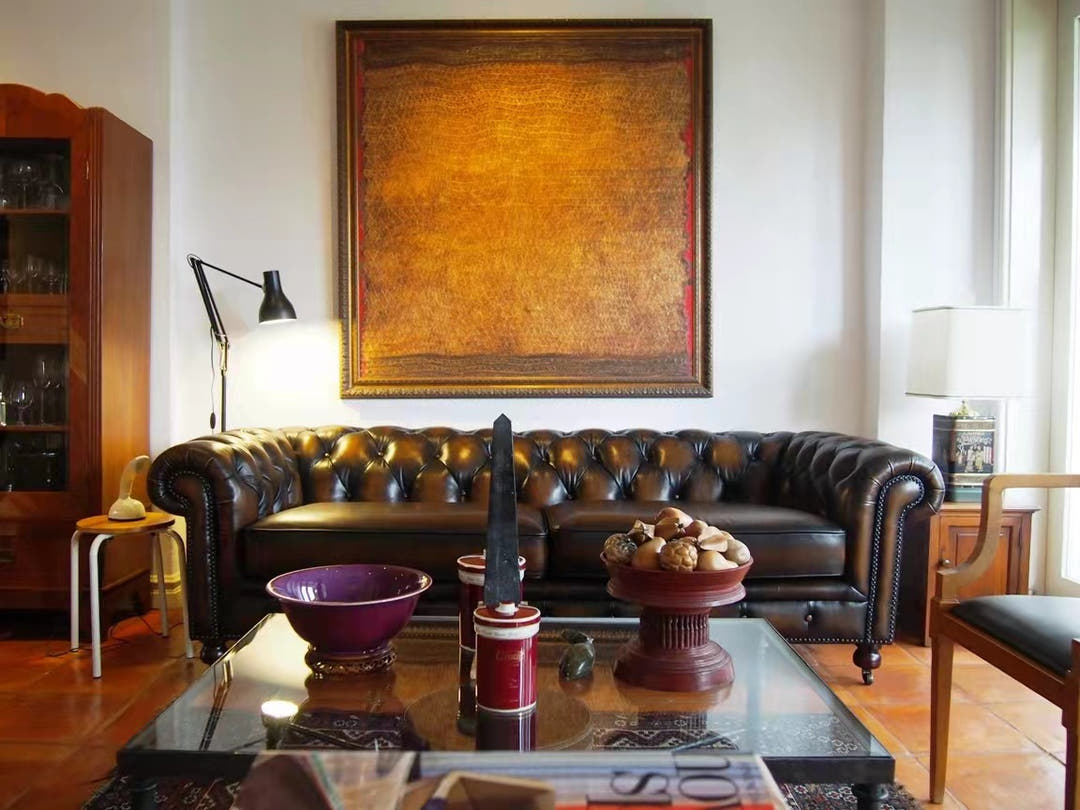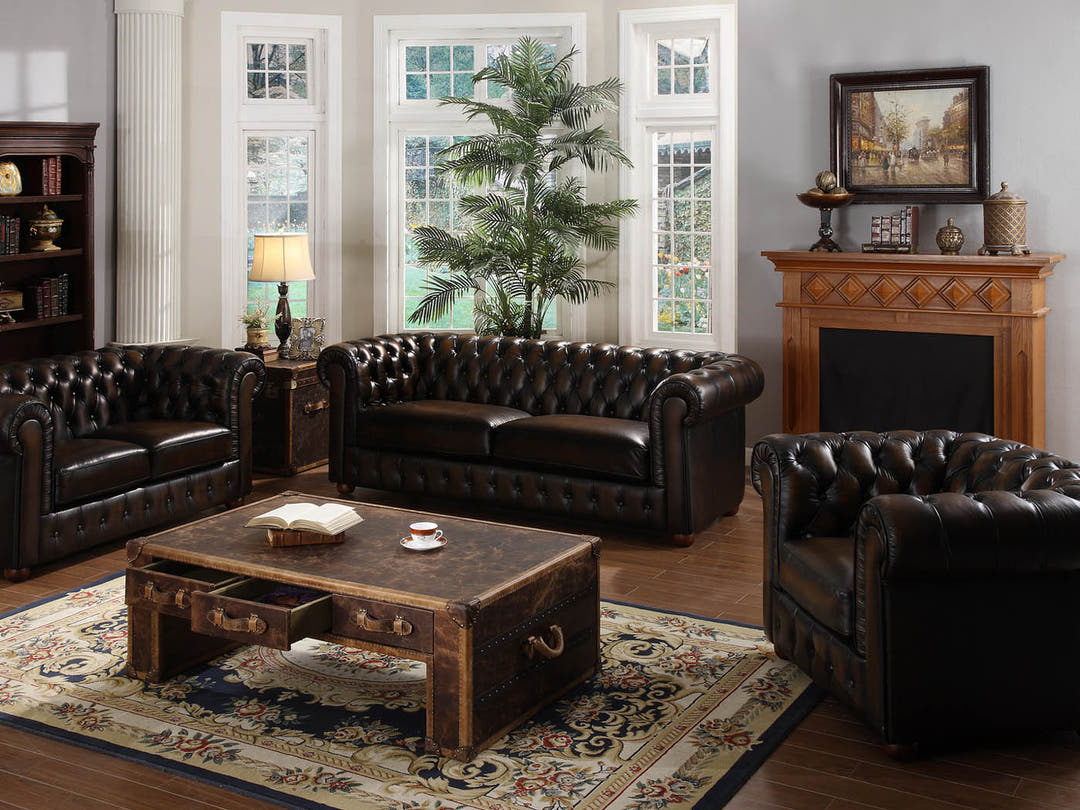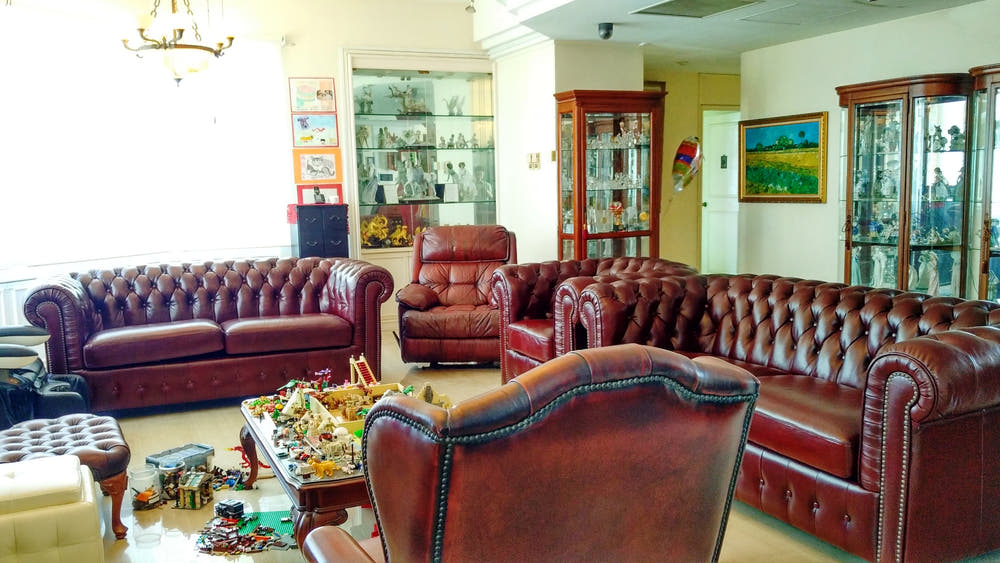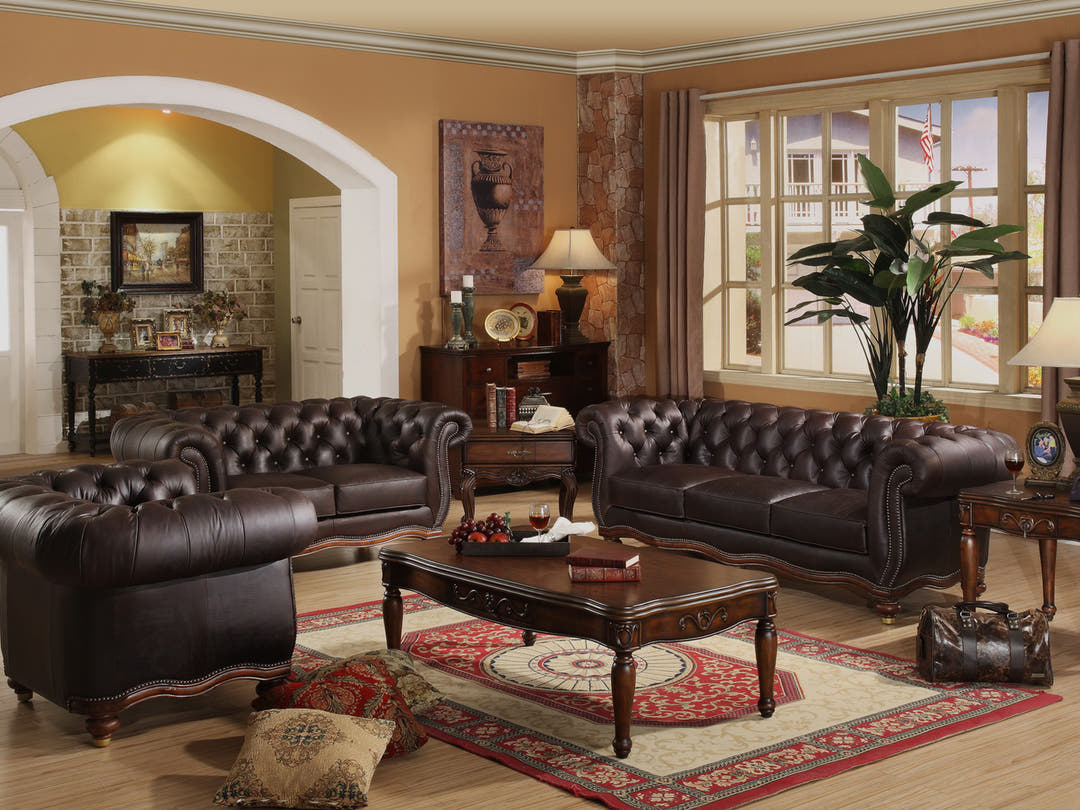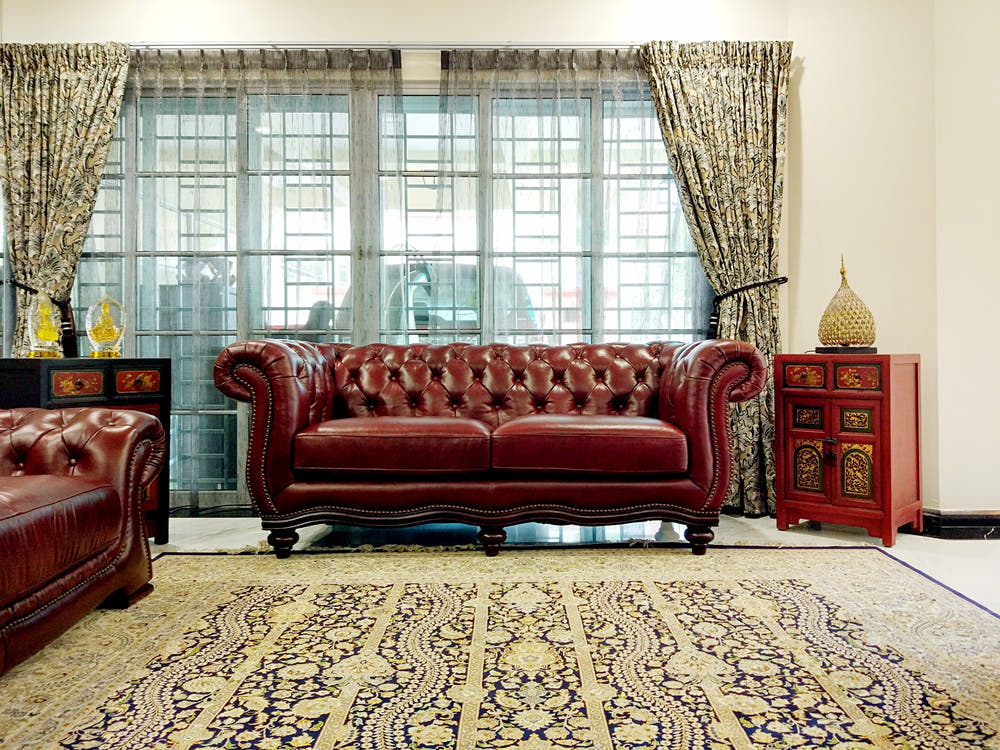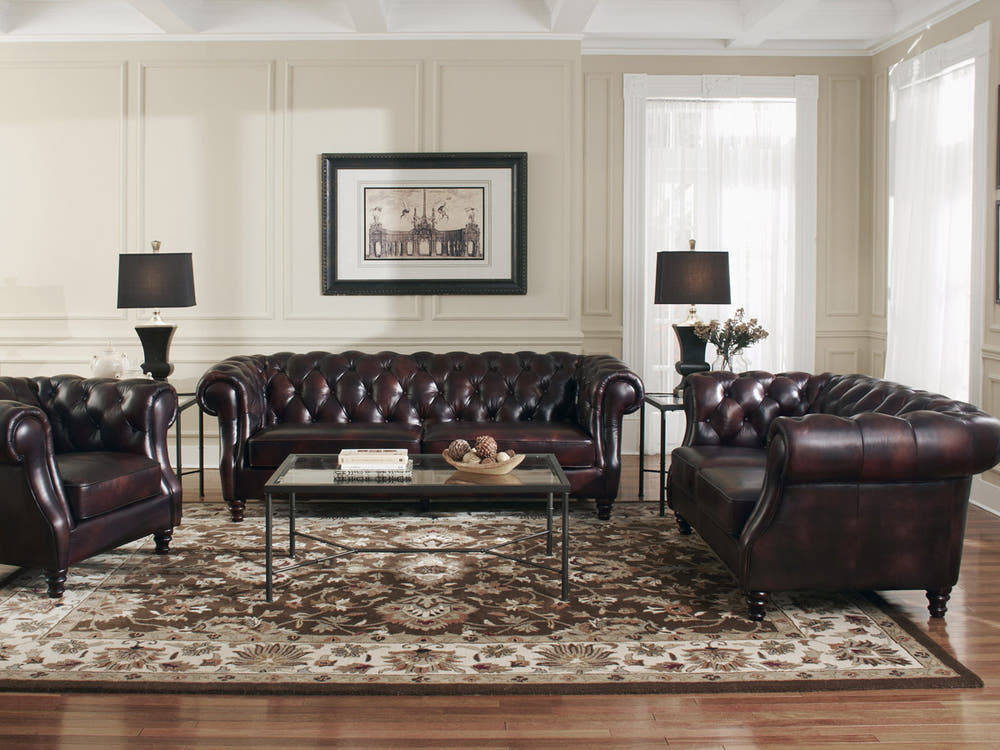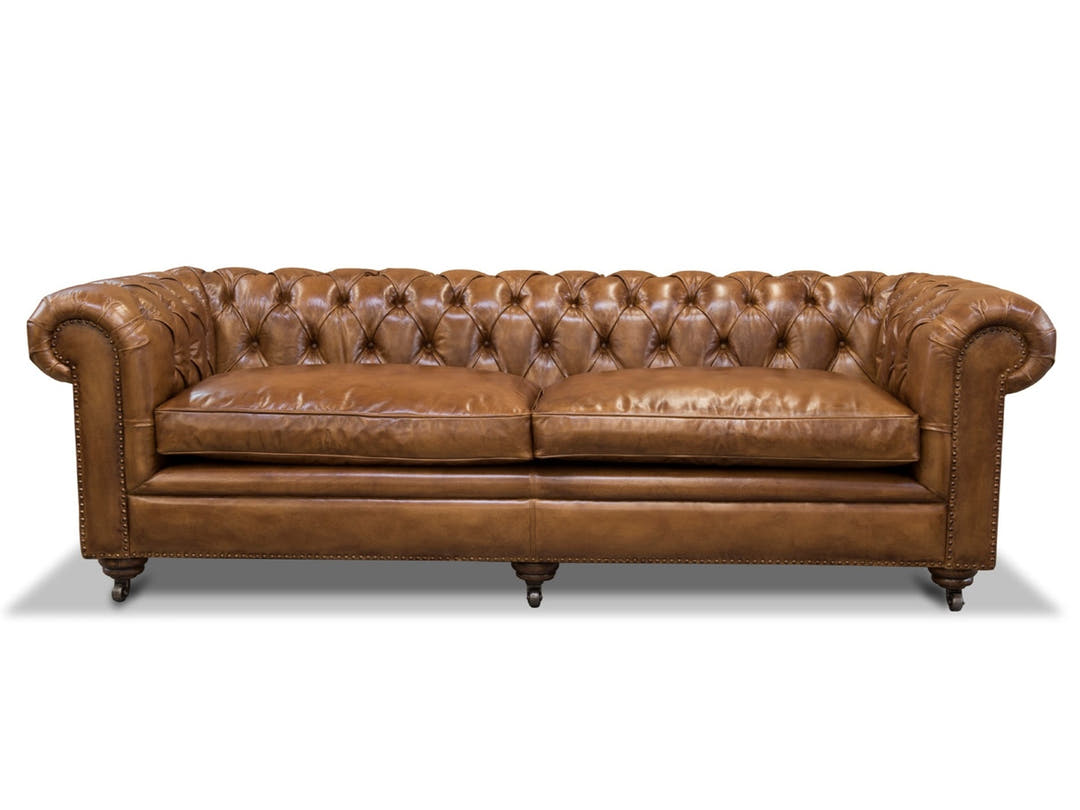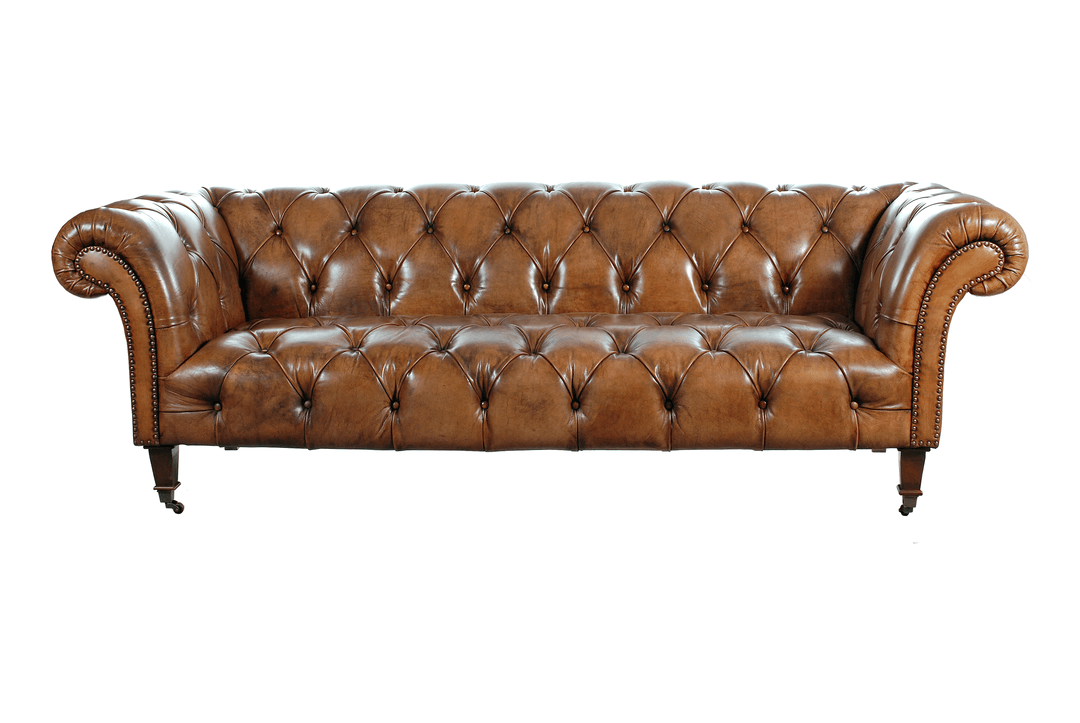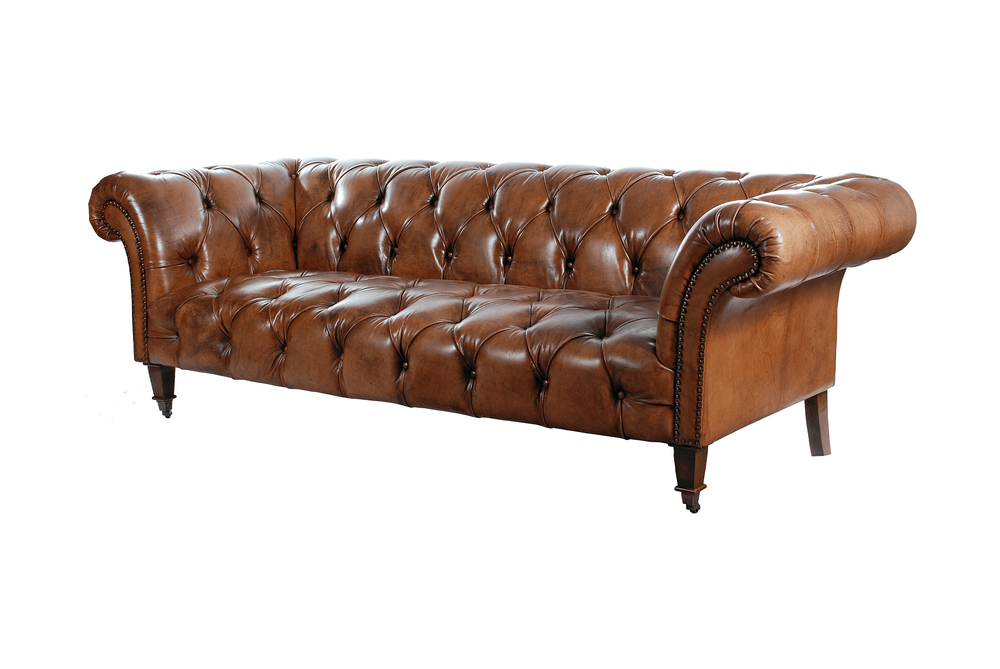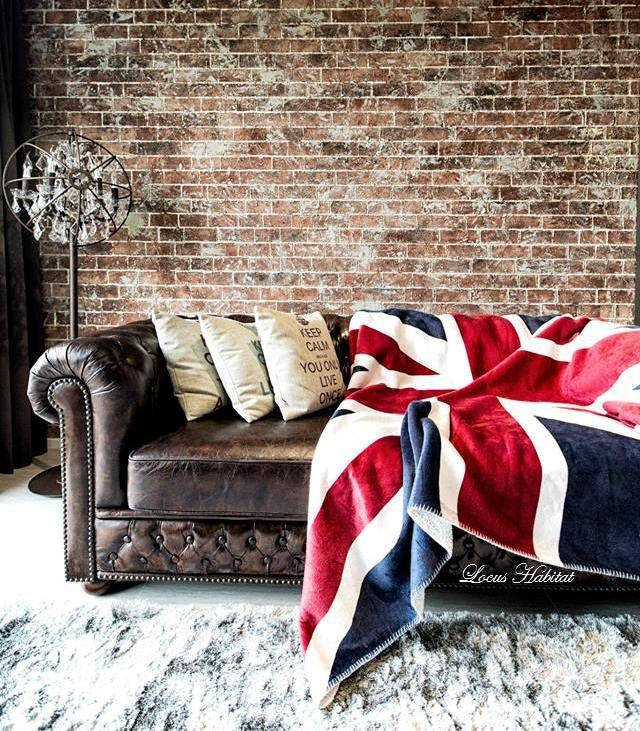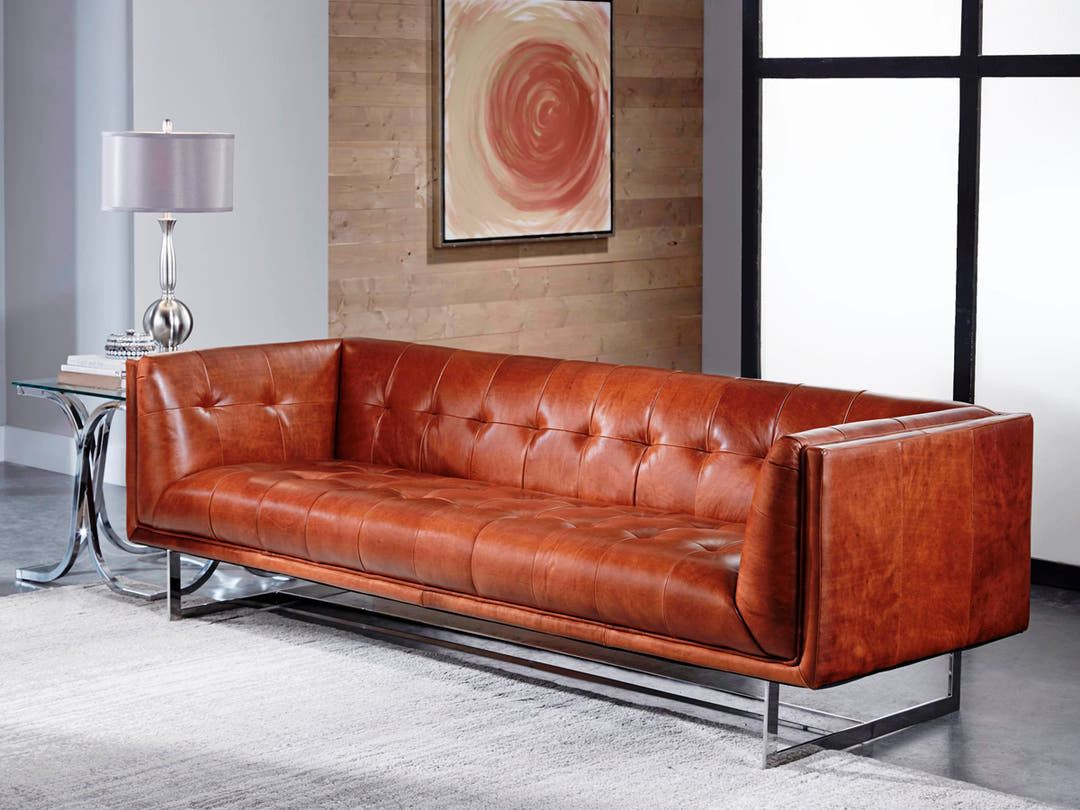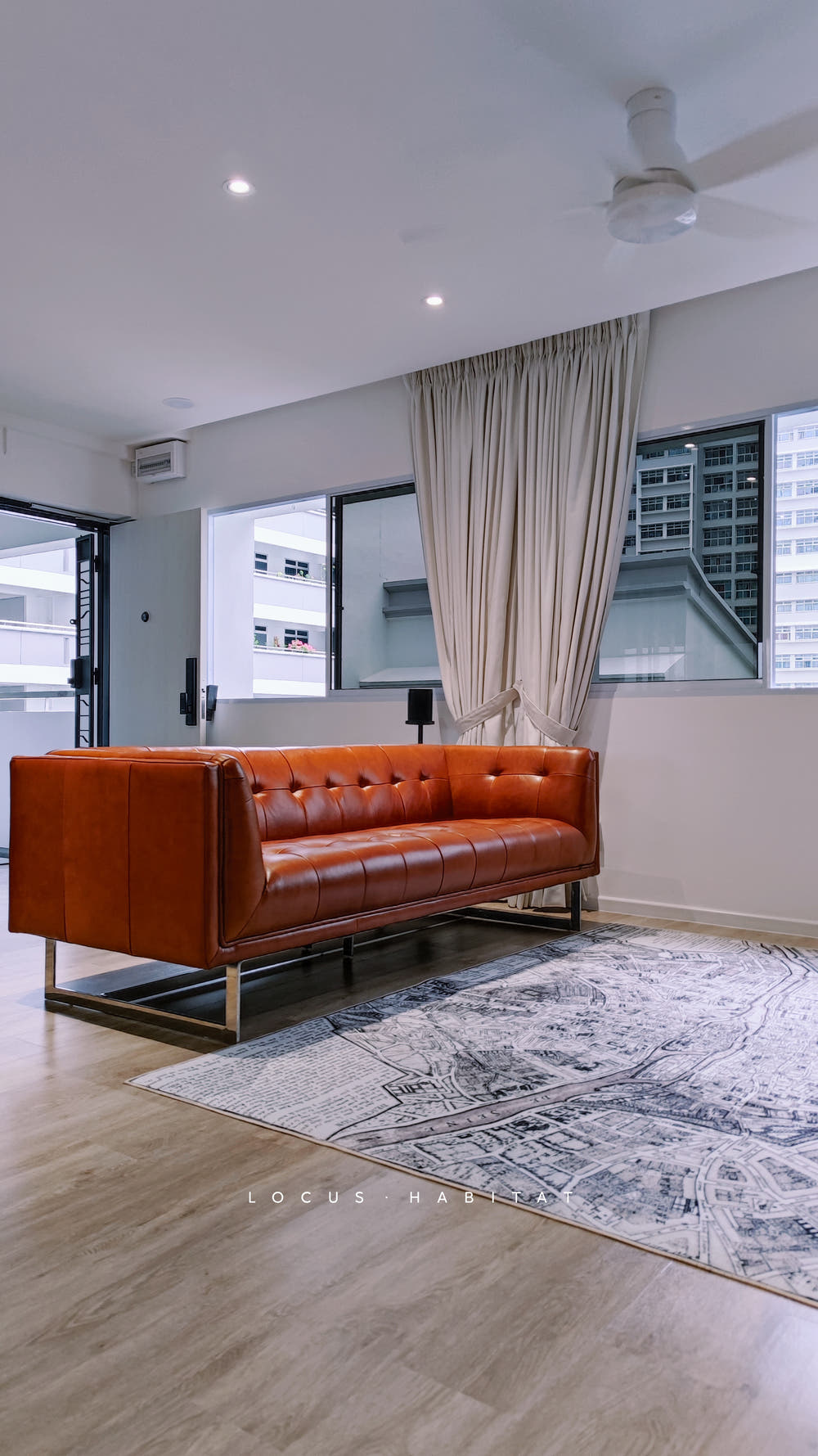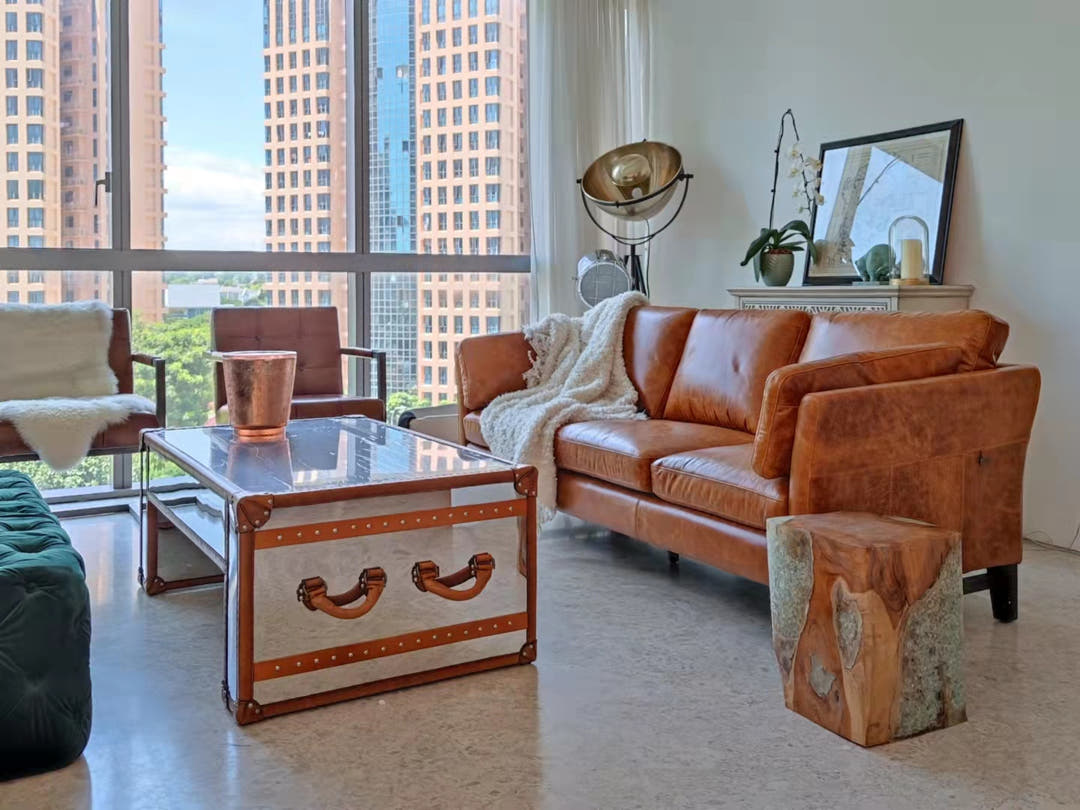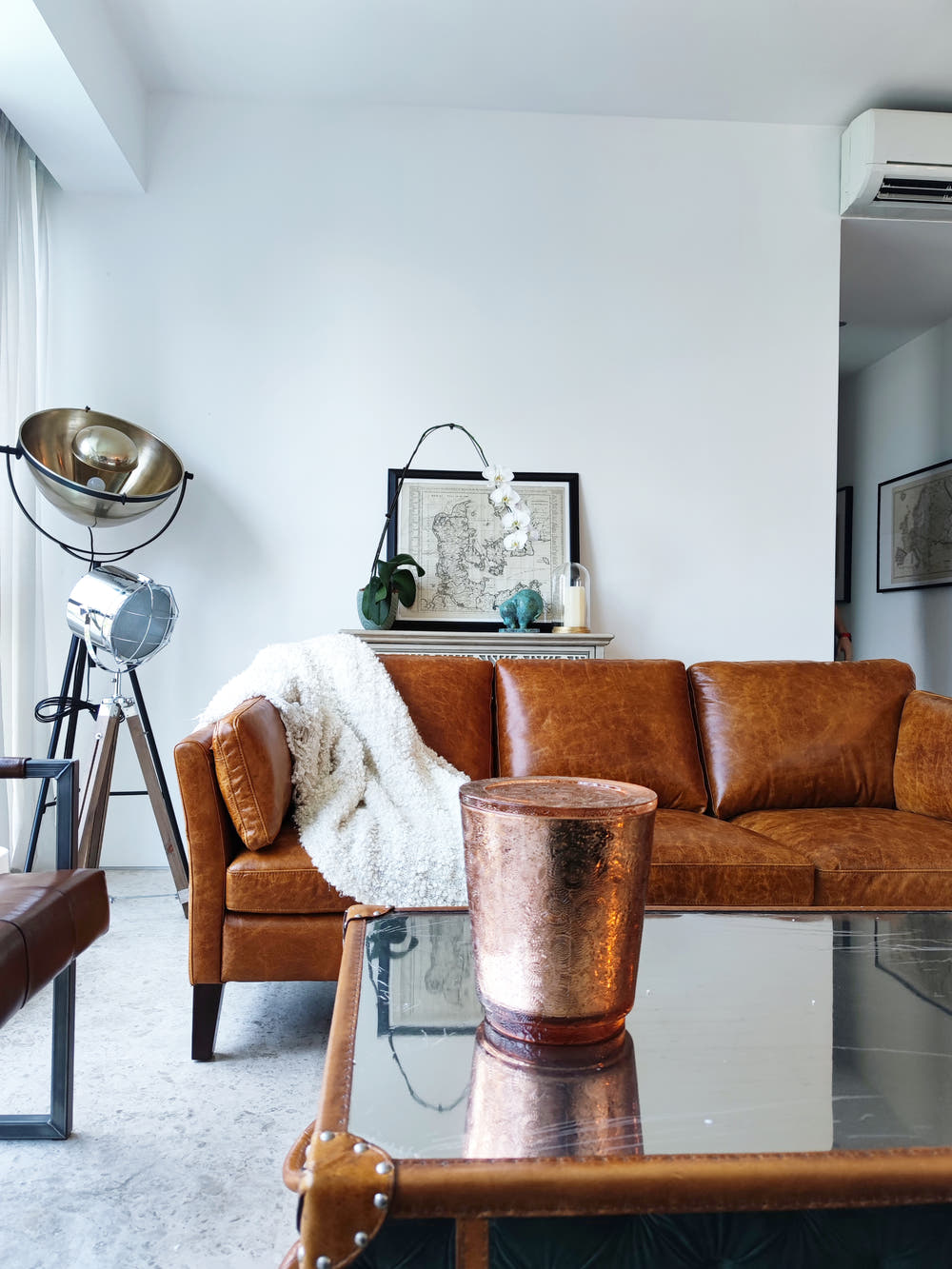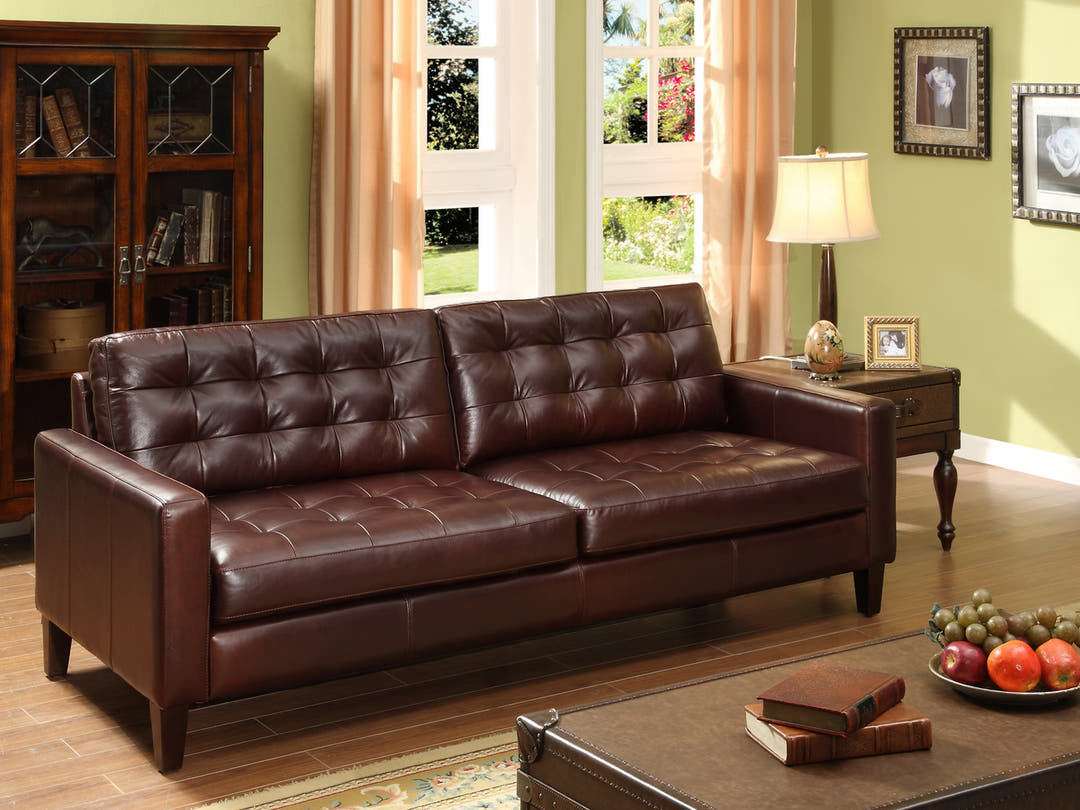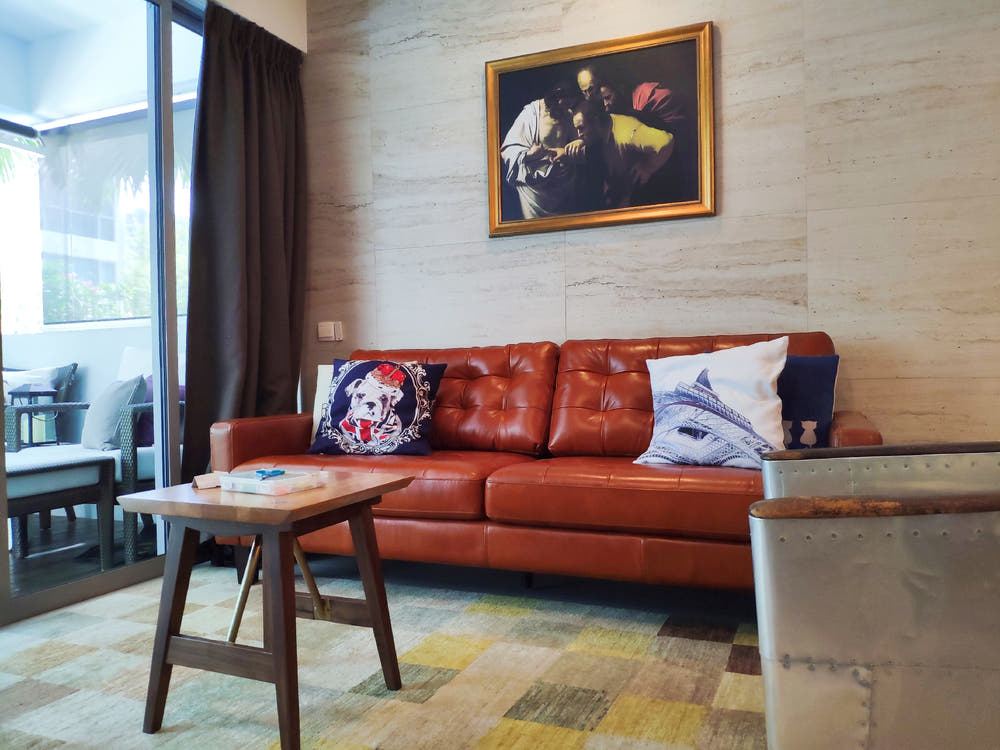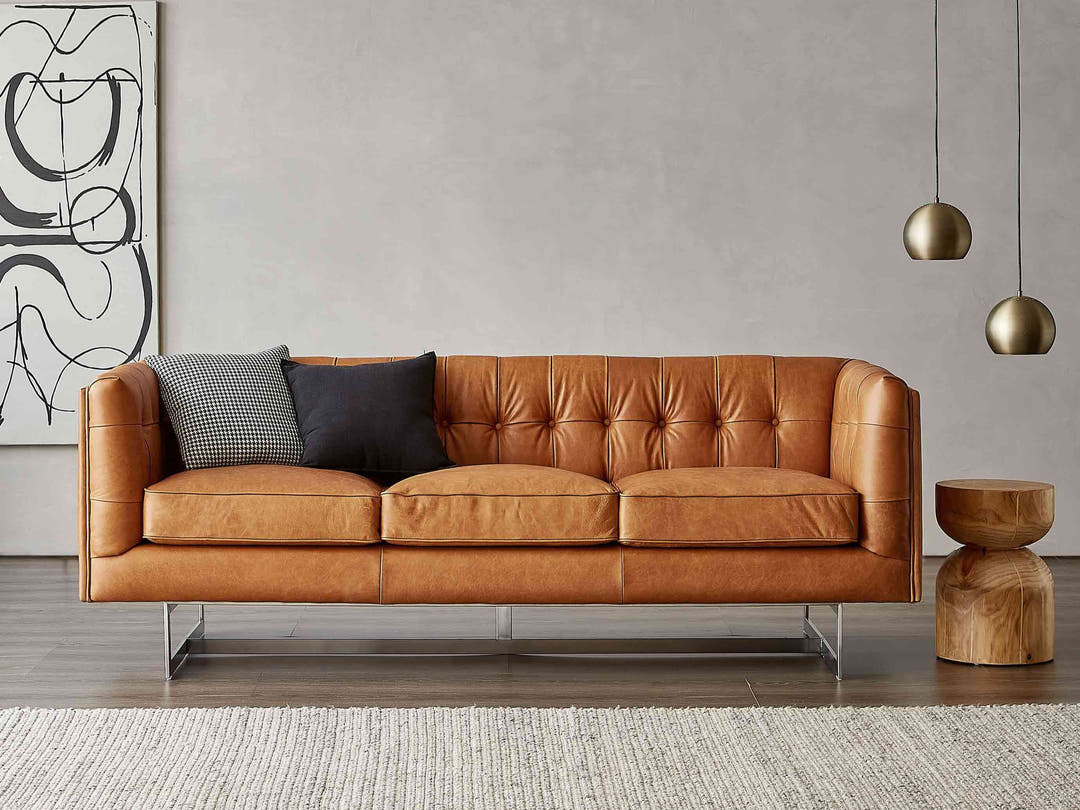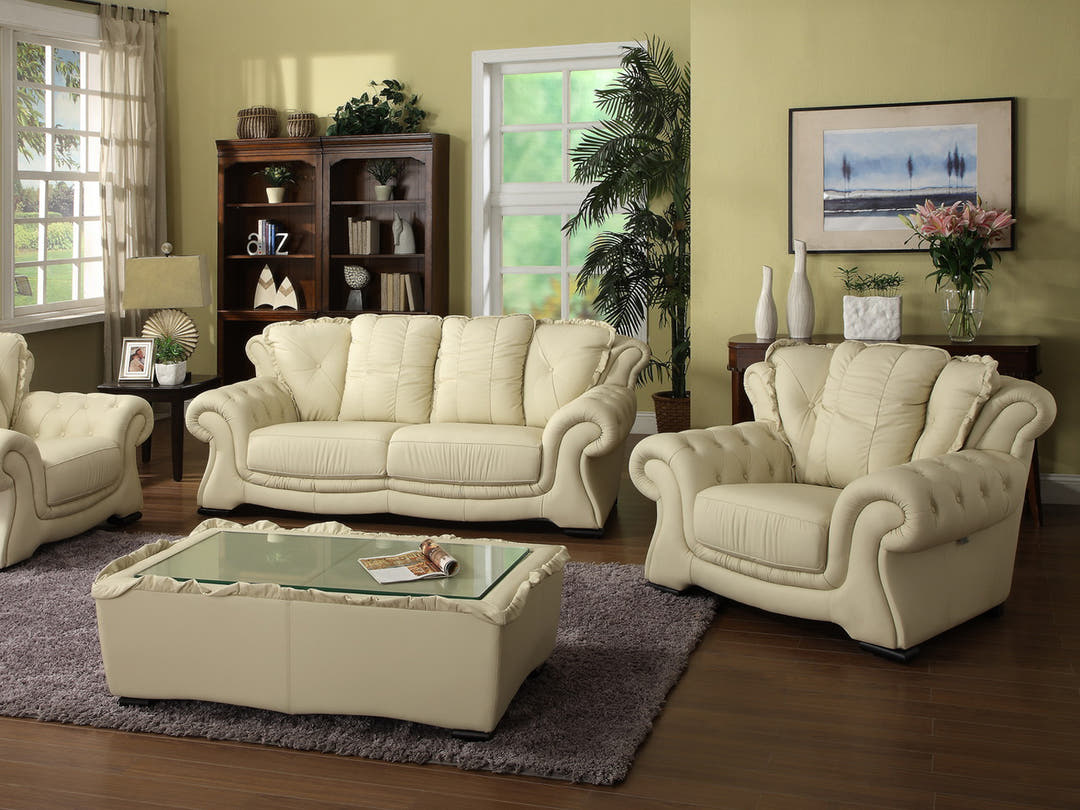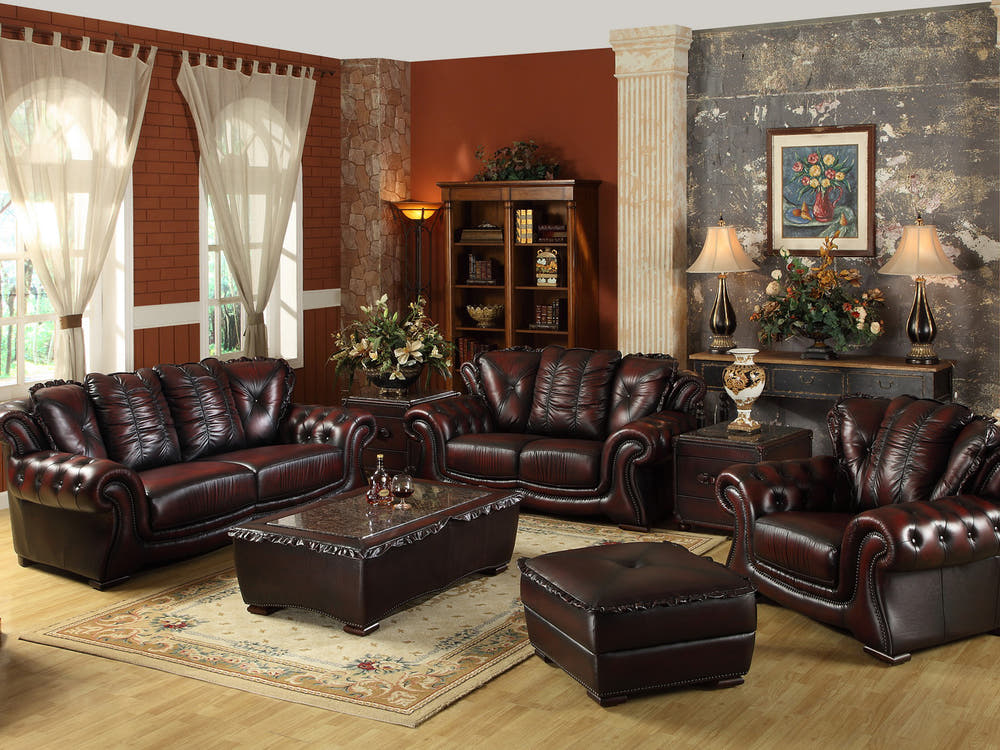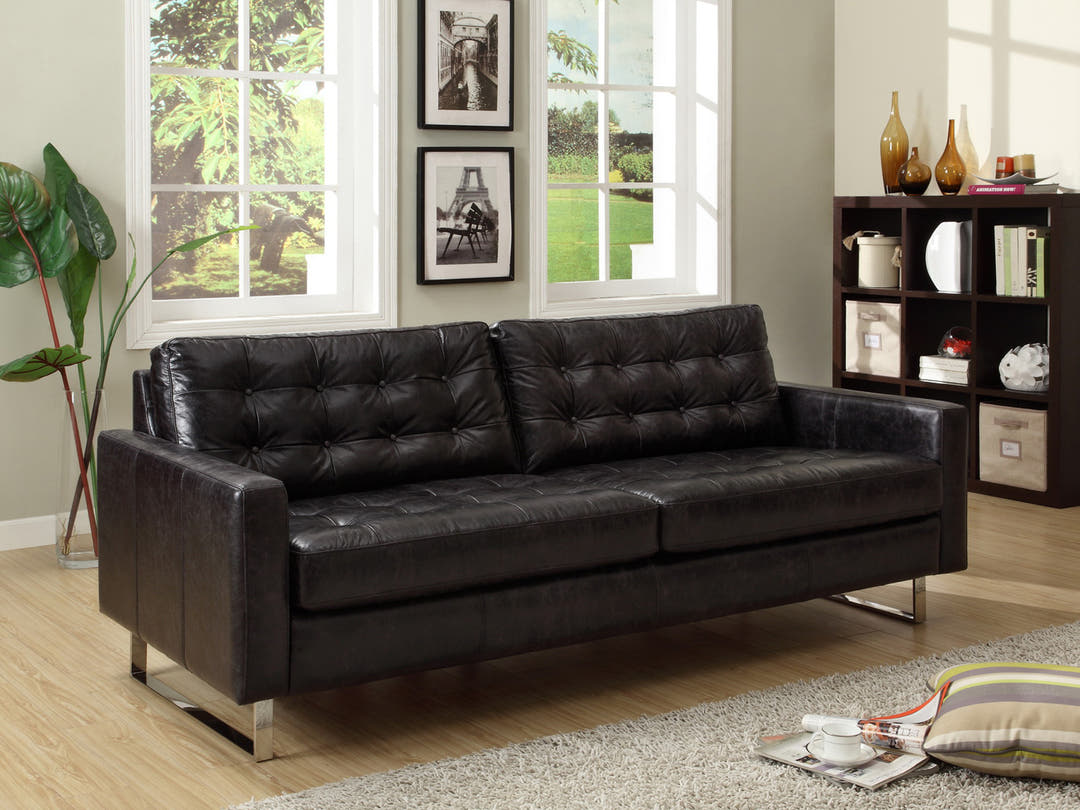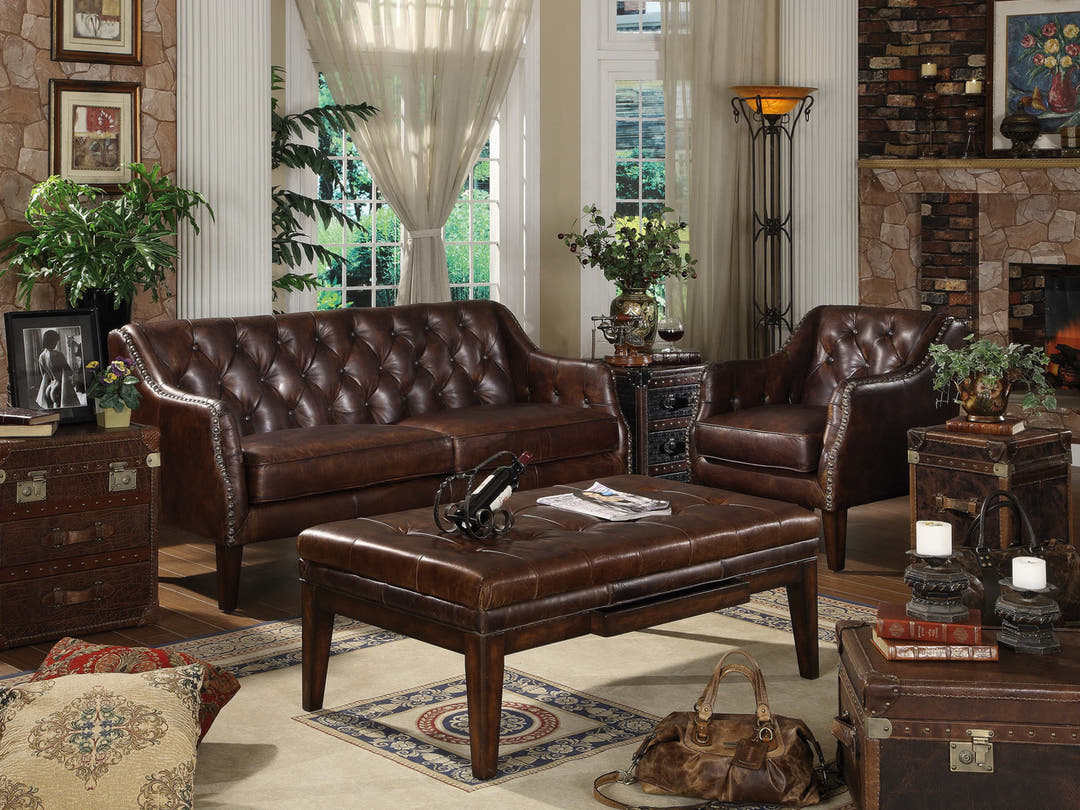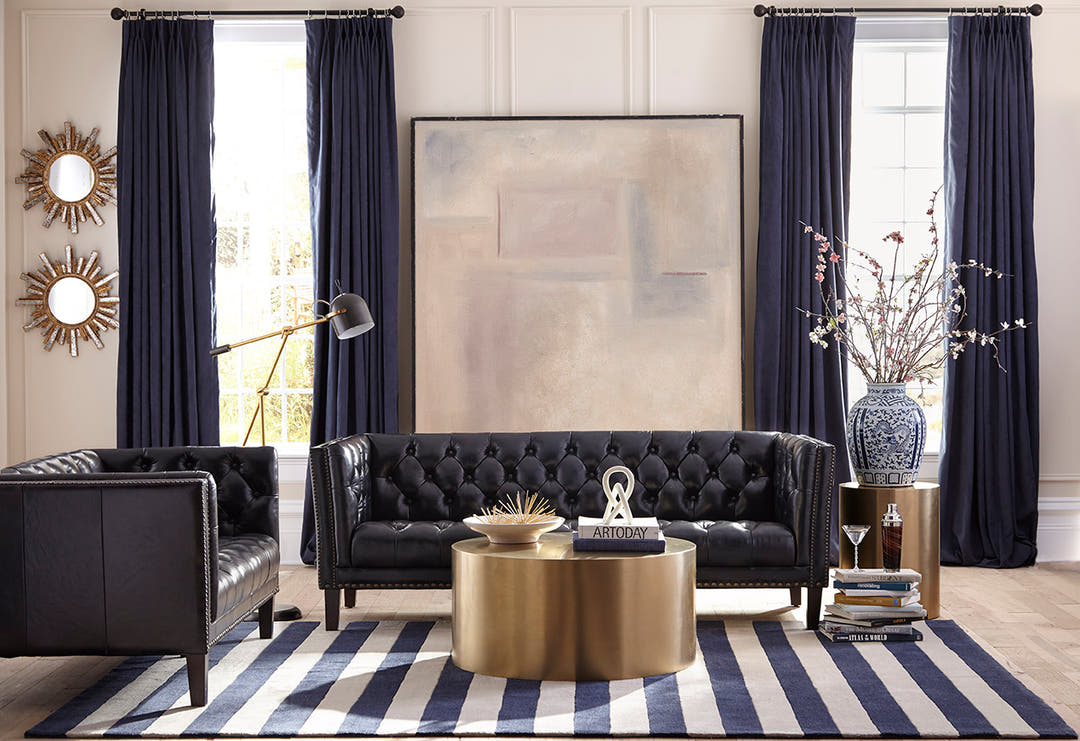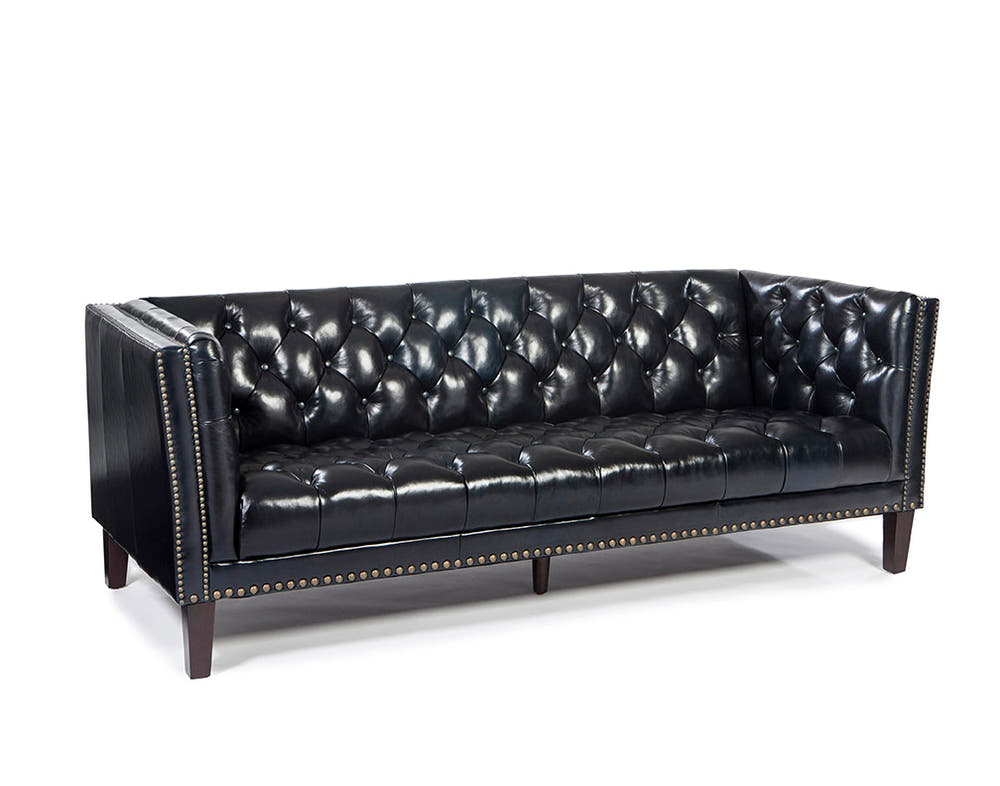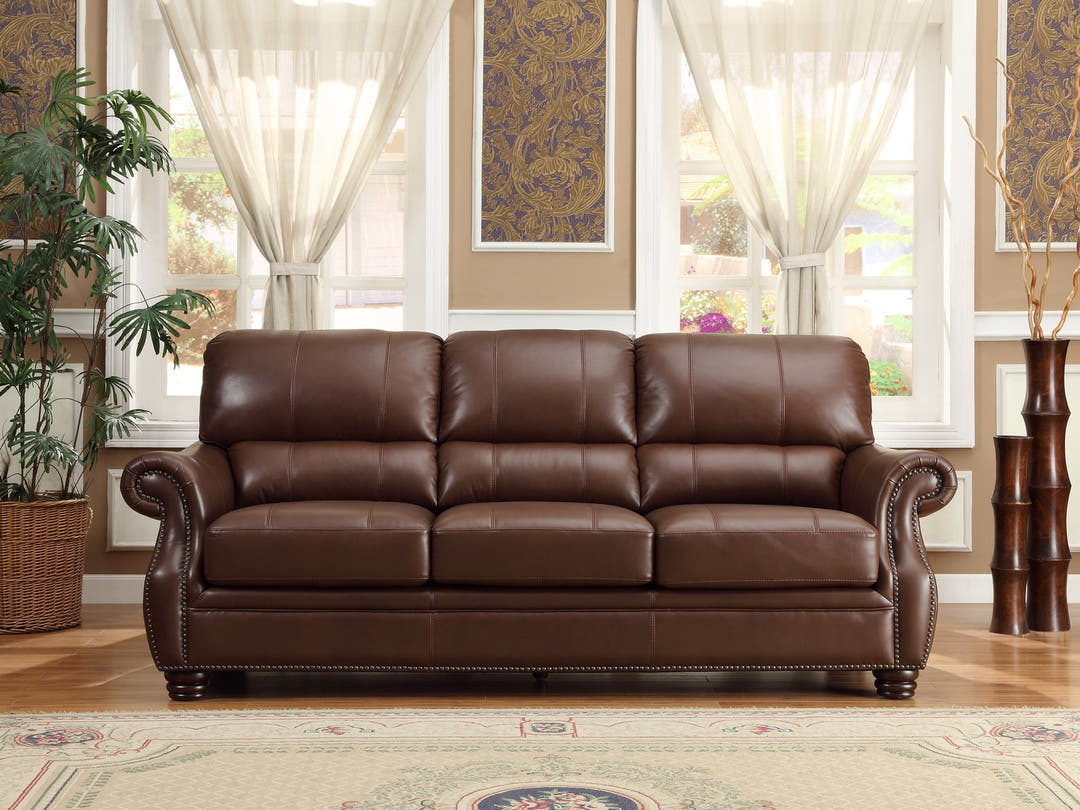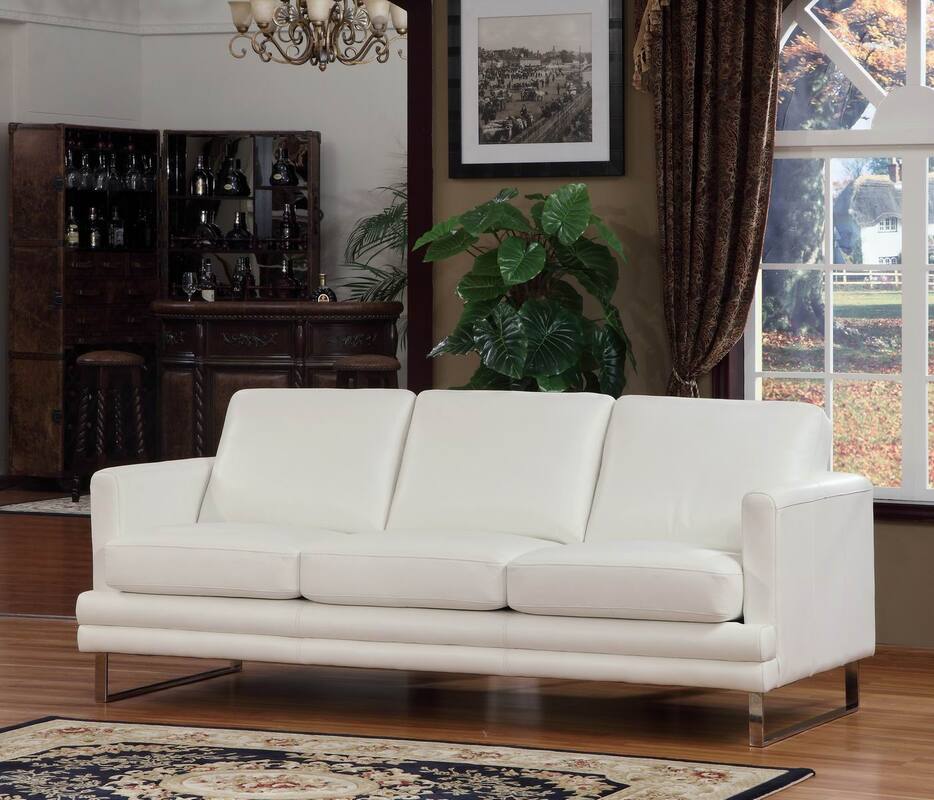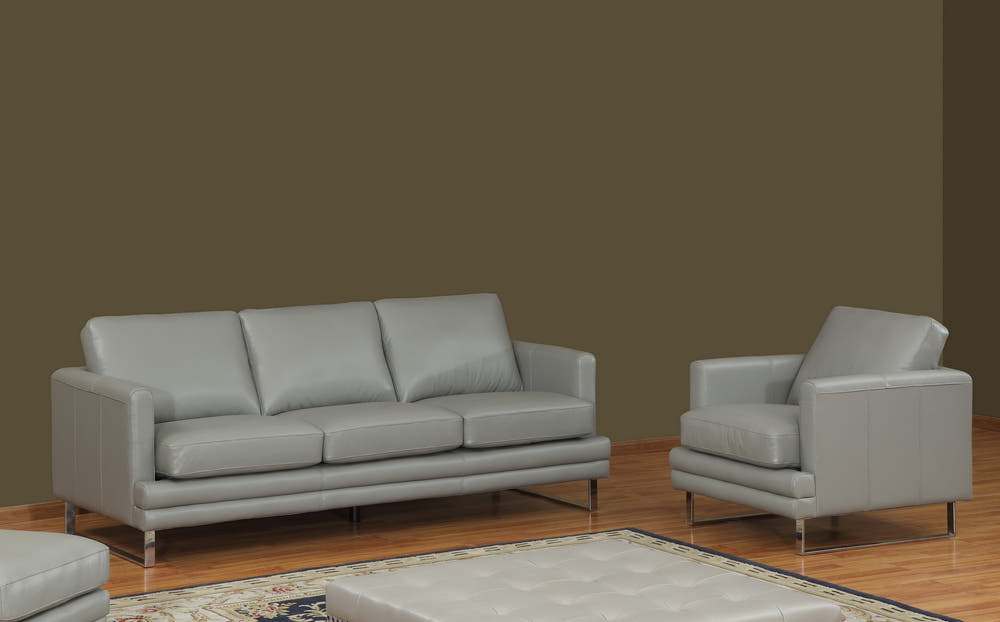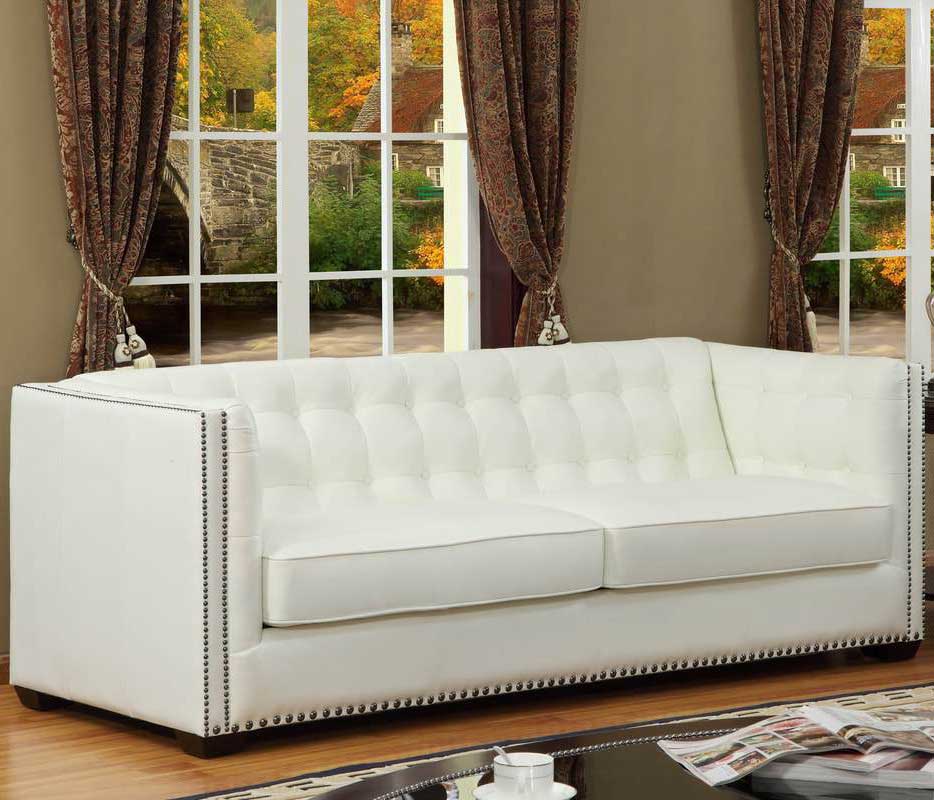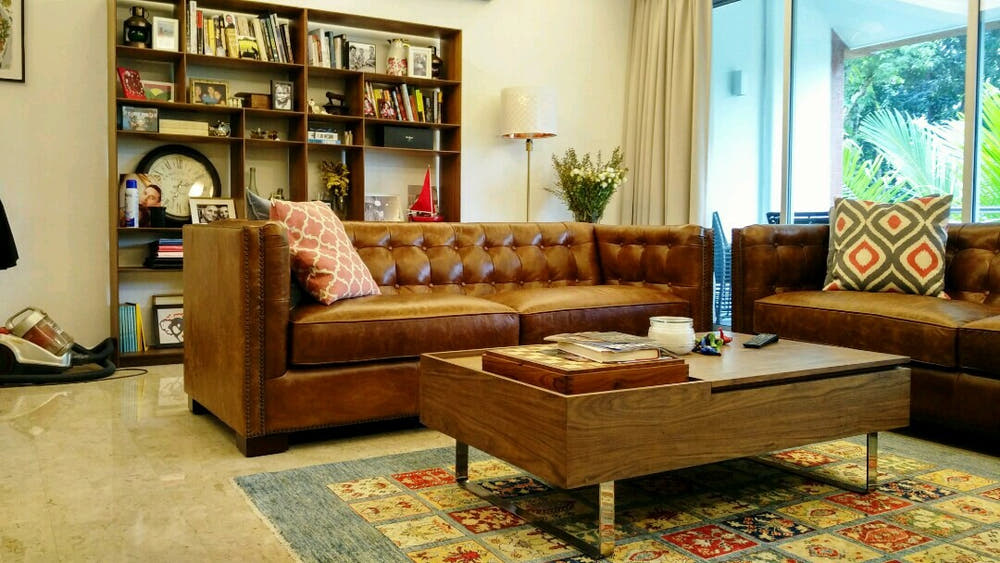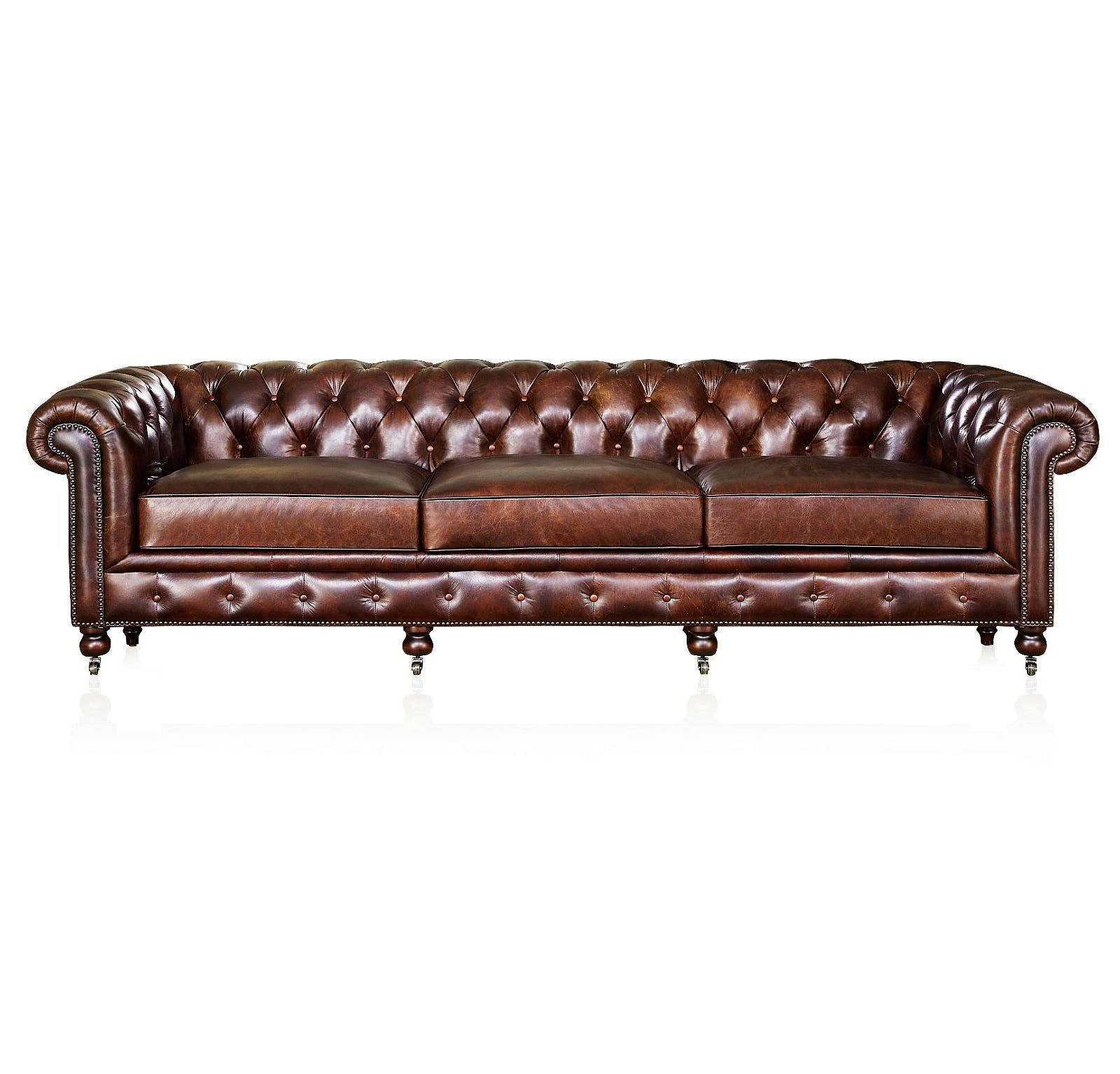Choosing the Best Sofa Height for the Elderly: A Complete Orthopedic Guide

In a quiet room filled with afternoon sunlight, an elderly woman sits gracefully on a brown leather sofa — her hands folded, her back gently supported, her feet firmly resting on the ground. This simple scene captures something deeply important yet often overlooked in home design: the health impact of sofa height and structure on the elderly.
As people age, their physical needs evolve. What feels comfortable for a 30-year-old can become a daily challenge for a 70-year-old recovering from knee surgery or managing chronic back pain. The height, firmness, and stability of a sofa directly influence an elderly person’s ability to sit down, stand up, and maintain proper posture — all of which are critical to their independence and well-being.
In this comprehensive guide, we’ll explore — from an orthopedic and practical standpoint — how to choose the ideal sofa height for elderly individuals, why it matters, and which designs offer the best balance between comfort, safety, and style.
1. Why Sofa Height Matters for the Elderly
The Orthopedic Challenge of Sitting and Standing
For many seniors, sitting down and getting up from a low or overly soft sofa can feel like climbing a hill — or worse, a potential fall risk.
With age, muscles and joints gradually lose elasticity and strength. Conditions such as osteoarthritis, lumbar spondylosis, and knee degeneration make repetitive movements painful.
Orthopedic studies consistently show that when a sofa seat is too low:
-
The knees bend sharply beyond 100–120 degrees, increasing pressure on weakened joints.
-
The lower back compresses, worsening lumbar pain or sciatica.
-
The arms and shoulders must overcompensate to push the body upright, risking strain or imbalance.
Conversely, a seat that’s too high can cause the feet to dangle, leading to poor circulation, numbness, and hip discomfort.
The ideal height strikes a delicate balance — one that allows the knees to bend at slightly more than 90 degrees, enabling the user to stand up naturally without leaning forward excessively.
2. The Ideal Sofa Height: Medical & Ergonomic Standards
According to orthopedic and geriatric physiotherapy guidelines, the optimal sofa seat height for elderly adults typically ranges from 45 cm to 50 cm (18–20 inches) from the floor to the top of the cushion.
However, this isn’t a one-size-fits-all measurement — it must be customized according to individual height and body weight.
| User Height | Recommended Sofa Seat Height |
|---|---|
| 150–160 cm | 43–45 cm |
| 160–170 cm | 45–47 cm |
| 170–180 cm | 47–49 cm |
| 180 cm+ | 49–51 cm |
Medical Tip: A seat that allows the knees to bend slightly more than 90° (usually around 100°) provides the best mechanical advantage for standing up without joint stress.
This angle gives leverage to the thighs, allowing the person to rise without strain on the quadriceps or lower back, especially crucial for those recovering from knee reconstruction surgery or suffering from degenerative joint disease.
3. How Sofa Firmness Affects Joint Health
While many associate “comfort” with softness, geriatric orthopedics recommends medium-to-firm cushions for the elderly.
Soft, sinking sofas cause uneven weight distribution and make standing up difficult. A firm sofa, on the other hand:
-
Supports spinal alignment.
-
Keeps the pelvis level and stable.
-
Reduces the need to twist or push excessively when standing.
Recommended Cushion Density
-
Seat foam density: 35–45 kg/m³
-
Backrest density: 25–35 kg/m³
The cushion should yield slightly under pressure but quickly regain shape — providing both support and comfort.
4. Armrest Design: A Subtle Lifeline
A puffier, well-padded armrest is more than an aesthetic feature; it’s a functional safety tool. Elderly individuals often rely on their arms to push off the seat when rising.
Ideal armrests should:
-
Be at least 20–25 cm (8–10 inches) above the seat level.
-
Have a firm, slightly rounded edge for grip comfort.
-
Be sturdy and non-slippery (leather or textured upholstery works best).
Armrests that are too low or too soft can cause slipping or shoulder strain — subtle but significant hazards for those with limited upper-body strength.
5. Sofa Weight & Stability: Preventing Accidents
Lightweight furniture may look modern, but it poses a danger to seniors.
When a sofa slides or shifts under pressure, even slightly, it can lead to balance loss and falls — one of the leading causes of injury among the elderly.
A good sofa for the elderly should:
-
Weigh enough to resist movement during sitting or standing.
-
Have non-slip rubber or solid wood legs.
-
Be anchored firmly to the floor surface (especially on wooden or tiled floors).
A heavier frame — ideally solid hardwood or reinforced steel — adds structural stability and longevity.
6. The Role of Material: Why Leather Is the Healthier Choice
The elegant leather sofa in the attached image perfectly illustrates another critical factor — material hygiene.
From a health perspective, full-grain or top-grain leather offers several benefits over fabric upholstery:
Medical & Hygienic Advantages of Leather:
-
Low Allergen Retention: Unlike fabric, leather does not trap dust mites, pet dander, or pollen — common triggers of respiratory discomfort and allergies in elderly individuals.
-
Easy to Clean: A quick wipe removes stains, spills, or bacteria, preventing mold or odor buildup.
-
Moisture Resistance: Leather naturally resists fluid absorption, reducing the risk of bacterial growth.
-
Temperature Regulation: Quality leather adapts to body temperature, offering comfort in both warm and cool conditions.
For seniors with asthma, COPD, or weakened immune systems, choosing a leather sofa can significantly improve indoor air quality and overall comfort.
7. Backrest & Lumbar Support: Protecting the Spine
The elderly often suffer from kyphosis (forward rounding of the back) or lumbar disc compression.
Therefore, the sofa’s backrest must be ergonomically shaped to match the spine’s natural S-curve.
Key Features to Look For:
-
A slightly reclined angle (100–110 degrees) between seat and backrest.
-
Built-in or detachable lumbar support cushion.
-
Adjustable headrest or high backrest to support cervical alignment.
These features maintain neutral posture, reduce fatigue, and prevent chronic back pain.
8. Cushion and Upholstery: Balancing Comfort & Support
Elderly users often have thinner skin and reduced circulation, making them more susceptible to pressure sores. Hence, cushion design matters.
Orthopedic Recommendations:
-
Use multi-layer foam or gel-infused memory foam for even pressure distribution.
-
Avoid overly plush cushioning that traps the body.
-
Opt for removable, washable covers for hygiene.
-
Choose firm but breathable materials that prevent overheating.
Some premium orthopedic sofas integrate pressure-relief seat pads, similar to those used in hospital recliners — ideal for seniors who spend long hours seated.
9. Matching Sofa Height to Individual Build
Every person’s body mechanics differ. The ideal seat height depends not only on stature but also on weight distribution, joint flexibility, and medical conditions.
Guidelines by Physical Attribute:
-
Shorter Individuals (<160 cm): Require slightly lower seats (43–45 cm) to allow feet to rest flat without knee strain.
-
Taller Individuals (>175 cm): Need higher seats (48–50 cm) to maintain the 90–100° knee angle.
-
Heavier Individuals: Prefer firmer foam to prevent excessive sinking.
-
Post-Surgery Patients: Benefit from chairs with slightly elevated seats and firm side supports for stability.
How to Test:
Sit naturally. Your hips should align slightly above your knees, and you should be able to stand up without rocking forward or pushing excessively.
If you need to use your hands on your thighs to stand — the seat is likely too low.
10. Orthopedic vs Regular Sofas: Key Differences
| Feature | Regular Sofa | Orthopedic Sofa (for Elderly) |
|---|---|---|
| Seat Height | 38–42 cm | 45–50 cm |
| Cushion Firmness | Soft / Plush | Medium-Firm |
| Armrest Support | Decorative | Structural for leverage |
| Frame Weight | Light | Heavy / Stable |
| Material | Fabric | Leather / Hypoallergenic |
| Edge Support | Minimal | Reinforced |
| Ease of Standing | Difficult | Assisted / Natural |
These distinctions are not cosmetic — they determine whether a piece of furniture supports independence or dependency.
11. Psychological Benefits of Proper Sofa Design
Comfort and dignity go hand in hand.
When elderly individuals can sit and stand independently, they preserve their confidence and daily autonomy.
The right sofa design reduces caregiver intervention and encourages social participation — from enjoying tea with family to reading by the window.
A study from the Journal of Geriatric Physical Therapy found that seniors who used properly sized furniture showed:
-
40% fewer fall incidents at home.
-
25% higher mobility confidence.
-
Better posture and mood stability.
Thus, choosing the right sofa isn’t just about physical health — it’s about emotional well-being too.
12. Recommended Sofa Features Checklist for Elderly Buyers
Before purchasing, use this checklist:
✅ Seat height between 45–50 cm, adjusted to user height.
✅ Firm cushion that doesn’t sink.
✅ Stable frame weight to prevent sliding.
✅ Non-slip legs or weighted base.
✅ Supportive armrests for easy push-off.
✅ Leather or hypoallergenic upholstery for easy cleaning.
✅ Straight backrest with lumbar support.
✅ Rounded corners to avoid injury.
✅ Padded edges and firm side panels for balance.
✅ Minimal low-level protrusions (avoid metal legs that stick out).
13. Safety Tips for Home Setup
Even the best sofa can become unsafe if not positioned properly.
Follow these home safety principles:
-
Avoid slippery flooring — use non-slip mats under the sofa legs.
-
Ensure good lighting — especially near entry points or side tables.
-
Keep clear walking paths — no rugs or cables in front of the sofa.
-
Add side support furniture — like a sturdy side table or walker station for added balance.
-
Maintain proper spacing between the sofa and coffee table (at least 50 cm).
14. The Role of Design in Dignity and Aging
The attached photo — a gentle portrait of an elderly woman resting on a tufted leather Chesterfield sofa — symbolizes grace in aging.
Such timeless furniture, when adapted with modern orthopedic considerations, bridges classic aesthetics with healthcare functionality.
The best designs for the elderly don’t scream “medical equipment.” They whisper comfort, elegance, and strength — qualities that remind our seniors that they are not patients, but people deserving of beauty and ease.
15. The Future of Elderly Furniture Design
Modern sofa manufacturers are incorporating smart ergonomic features inspired by orthopedic research:
-
Motorized lift-assist mechanisms to reduce joint strain.
-
Pressure-mapping technology to optimize cushion density.
-
Anti-microbial leather coatings for hygiene.
-
Integrated handles or push-off grips disguised as decorative seams.
As aging populations grow worldwide, the demand for orthopedic-friendly furniture is expected to surge. Singapore, Japan, and Scandinavia are already leading with inclusive design standards in homes and senior facilities.
16. How to Measure Sofa Height at Home
To check if your current sofa suits an elderly family member:
-
Ask them to sit naturally, feet flat.
-
Measure from floor to back of knee — that’s their ideal seat height.
-
Compare to your sofa’s seat height (floor to cushion top).
-
If the seat is more than 2–3 cm lower than the knee height — it’s too low.
Add a firm cushion riser or consider replacing with a higher model.
17. How Locus Habitat Supports Senior Comfort
At Locus Habitat, Singapore’s bespoke leather furniture atelier, design meets purpose.
Our artisans handcraft solid-frame leather sofas with orthopedic awareness — firm cushions, optimal seat height, and durable leather finishes that make maintenance effortless for caregivers and families alike.
Each piece, like the one pictured above, combines medical precision and timeless beauty, ensuring that aging gracefully doesn’t mean compromising on comfort or aesthetics.
Explore our collection of full-grain leather sofas designed with supportive seat heights and firm ergonomic structures — ideal for both elegance and senior comfort.
Visit Locus Habitat – Singapore’s Leather Living Specialists
18. Final Thoughts: Comfort, Safety, and Dignity
Choosing the right sofa for the elderly isn’t about luxury — it’s about respecting the body’s natural changes.
A sofa that supports proper posture, easy mobility, and hygienic maintenance can dramatically improve an elderly person’s quality of life.
From an orthopedic viewpoint, the trifecta of correct height, firmness, and stability ensures not just comfort, but safety and independence.
So the next time you see an elderly loved one sitting by the window — like the lady in the photo — remember: behind her calm posture is the silent support of good design.
Key Takeaways
-
Ideal sofa height: 45–50 cm; knees slightly above 90°.
-
Firmness matters: medium-firm cushions prevent strain.
-
Leather is healthier: less dust, easier cleaning, better hygiene.
-
Weight & stability: heavy frame prevents slipping accidents.
-
Armrest function: firm, puffed armrests assist standing.
-
Ergonomics over aesthetics: design with mobility and dignity in mind.




